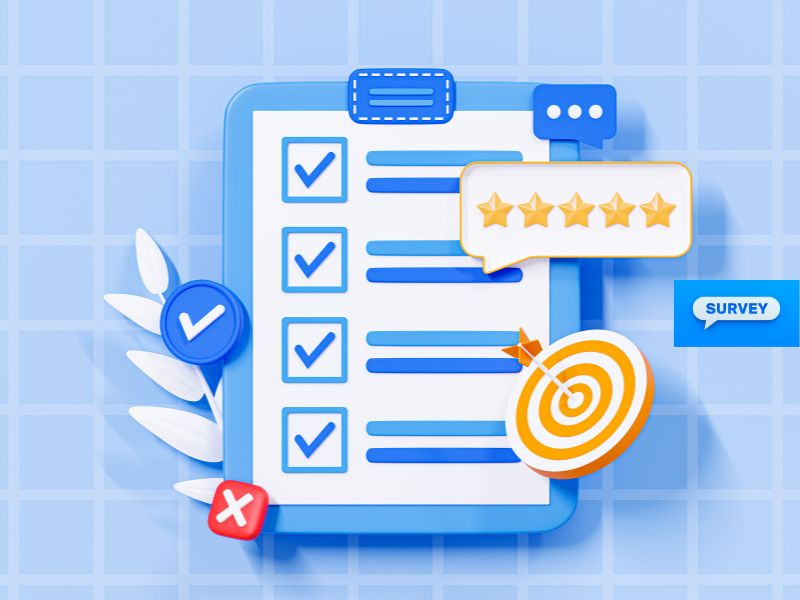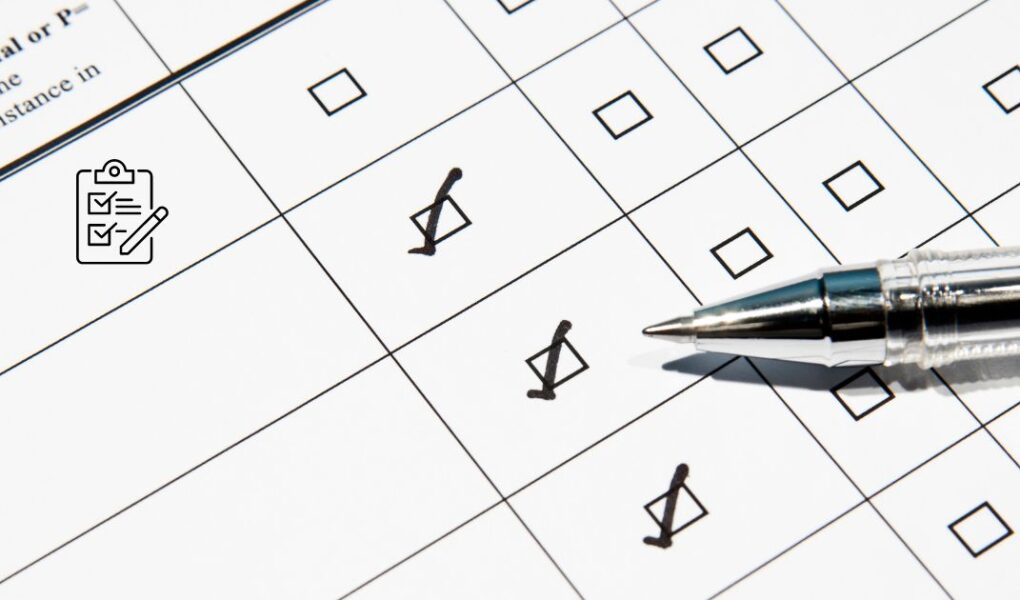Today, millions of organizations rely on survey results to give them the insights they need to make important business decisions.
However, the reality is that many people find it difficult to truly accept many of the results they receive as genuine, making it hard to know whether or not the data you’re looking at can be actionable.
Because of this, businesses need to know how to properly validate their survey results while applying some best practices to help them get more accurate responses over time.
What is Survey Validation?
Creating business surveys can be a great way to gain important insights from customers, employees, or the general public. But while having a great format and asking relevant questions is a great place to start, you also need to be able to validate the results you get properly.
Survey validation can be viewed as a form of quality control that helps you ensure the responses you’re getting from your survey accurately reflect the truth about what your target audience thinks.
Not everyone loves taking a survey—even if they started t it’s with the right intentions. This means there is a good chance the results you get from some survey results were quickly answered or submitted passively without much thought. This can greatly skew the overall results you gather.
Validation is vital in survey results since the decisions you make could be directly or indirectly supported by the survey data you collect. These could be decisions regarding how you market or price your products—and the type of customer service improvements you decide to prioritize.
By taking time to validate all of the surveys you receive, you inevitably save the company from making costly mistakes while giving you the information you need to make smarter choices for the business.
How to Validate Survey Responses
Survey validation isn’t a one-step process. You’ll need to do a few things in both the pre-and post-survey stages to establish the right groundwork and incentivize involvement from your participants to get more accurate results.
Below are some of the strategies you should apply:
Pre-Survey Preparation
Validate your survey responses accurately before your audience answers the first question. How you design and format your survey will make all the difference when helping you decipher which survey results should make it into your data pool.
To ensure you’re getting the most accurate results, you’ll want to carefully design your questions so they’re open-ended without making your audience feel like they’re completing an essay.
While there is nothing wrong with providing multiple-choice options, the more you can allow your audience to give their answers, which will often help you identify if someone is spamming their way through each question. Good surveys should have a good balance of selectable answers with “in your own words” responses.
You should also clearly define who the survey is designed for. Even if you receive an honest result from a participant, if they don’t represent the demographic you’re targeting, the results you get could skew the final analysis.
You can even offer gift cards to participants for the time and effort they put into giving you their real opinions. This is another way to get people interested in completing the survey based on the guidelines provided.

During the Survey
A big part of validating survey results can happen while your participants are taking the survey and before you’ve received the data. There are various strategies you can implement that can help you limit the submission of a finished survey when certain triggers happen.
Today, many automated tools can help people submit their surveys. Of course, this is the worst-case scenario for businesses, considering the results received will offer little value. CAPTCHA services are a great way to limit the use of spam bots or other automated tools from completing surveys without real human input.
A CAPTCHA service requires a specific sequence of numbers and letters to be entered before someone can complete or submit their survey. This can also be combined with IP address checks to ensure it is completed in the geographic areas you intend for your audience to be in.
Another way to avoid unhelpful responses in your survey is to have questions designed to validate that a human is taking it. It could be an off-topic question that requires a specific answer that automated tools will miss or identify when individuals aren’t paying attention to the responses they are giving.
Post-Survey Analysis
Once you’ve taken all of the necessary steps to prepare your surveys to provide the best results, you can start to analyze the results you’ve received.
During this process, you’ll want to look for certain survey responses that stand out and differ from the majority of results you’ve looked at. Although having a few outliers is pretty normal in survey results, a higher number across the entire survey probably suggests that it was completed by a bot or someone uninterested in answering the questions honestly.
You should compare answers across related questions. Many times, when someone isn’t paying attention to the questions they’re asked, they’ll contradict their answers in other responses they’ve given. This can be a red flag that might want you to remove their survey from the compiled results.
This is another area where open-ended questions can help you make sure you’re calculating and generating survey results. If all of the open-ended questions you left are blank or have nonsensical answers, this is a giveaway that the results you’re reading probably won’t offer insight worth gathering.
Make Sure Your Surveys Provide Real Insight
Surveys can be a powerful tool for gaining important insights from customers, employees, and third parties. However, to get real benefit from the data you collect, your survey results need to speak to what your audience is thinking.
By following these guidelines, you can ensure you’re using the right survey format and validation strategies to keep your survey results valuable for your business.
Related Posts
Cindy Mielke is Tango Card‘s Vice President, Strategic Partnerships, and a Certified Professional of Incentive Management. Her passion is helping teammates, clients, and partners achieve success. A strong advocate for the incentive industry, Cindy received the Karen Renk Award and the Lifetime Achievement Award from the Incentive Marketing Association (IMA) in 2019. She currently serves on the IMA board of directors and on the board of the Incentive and Engagement Solutions Providers (IESP).







